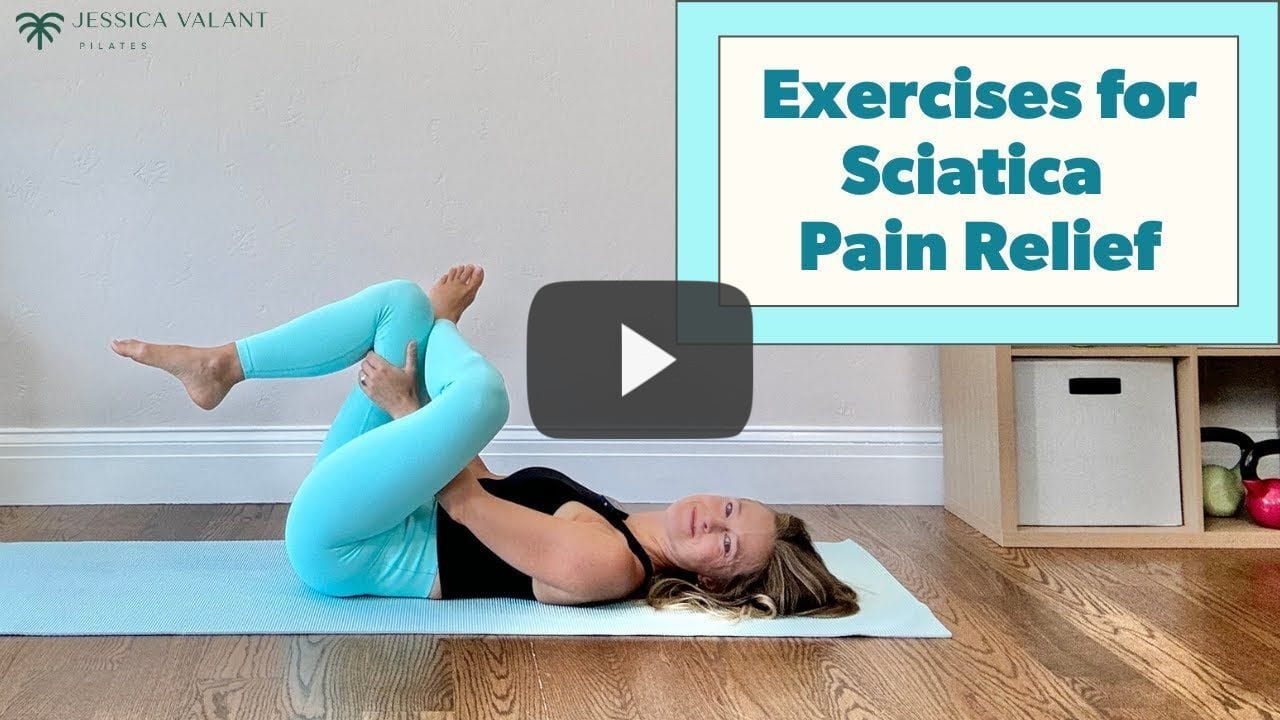The Grapes of Worth: red grapes have far more anti-aging properties than “white” grapes (the green kind). But also, seeded grapes have far more of the critical polyphenols than seedless varieties.
Specifically, 64% of the polyphenols are found in the (edible!) seeds. 30% are found in the skin, 5% in the juice, and 1% in the pulp.
Nor are raisins (as in, dried grapes) useful for this, as raisins are invariably made from cheap seedless pale green Thompson grapes.
Grape seed extracts, meanwhile, don’t stand up well to scientific scrutiny.
Tl;dr: enjoy red seeded grapes, and live deliciously.
In A Rush?
Today’s 30-Second Summary
If you don’t have time to read the whole email today, here are some key takeaways:
It’s common to see advice to wear sunscreen every day, even if it’s not sunny. But how important is this?
Today’s main feature looks at what the risks are and aren’t, what the physics and biology behind them mean for us, and what to do about it.
We know that 10almonds readers don’t just want to look younger, but ideally to be younger, biologically speaking.
Today’s sponsor, Qualia Senolytic, are offering a potent supplement product that targets and eliminates senescent cells, meaning the ones that get copied forward are the younger cells.
Today’s featured book covers “50 things you need to know” about the menopause (could you name 50?), ranging from information about fatigue and acne, to tooth loss and vaginal prolapse.
Read on to learn more about these things, or click here to visit our archive
A Word To The Wise
Watch and Learn
Exercises for Sciatica Pain Relief
Jessica Valant is a physiotherapist and Pilates teacher, and today she’s going to demonstrate some exercise that relieve (and also correct the cause of) sciatica pain:
Prefer text? The above video will take you to a 10almonds page with a text-overview, as well as the video!
Q&A Thursday
It’s Q&A Day at 10almonds!
Have a question or a request? We love to hear from you!
In cases where we’ve already covered something, we might link to what we wrote before, but will always be happy to revisit any of our topics again in the future too—there’s always more to say!
As ever: if the question/request can be answered briefly, we’ll do it here in our Q&A Thursday edition. If not, we’ll make a main feature of it shortly afterwards!
So, no question/request too big or small 😎
❝I keep seeing advice that we shoudl wear sunscreen out in winter even if it’s not hot or sunny, but is there actually any real benefit to this?❞
Short answer: yes (but it’s indeed not as critical as it is during summer’s hot/sunny days)
Longer answer: first, let’s examine the physics of summer vs winter when it comes to the sun…
In summer (assuming we live far enough from the equator to have this kind of seasonal variation), the part of the planet where we live is tilted more towards the sun. This makes it closer, and more importantly, it’s more directly overhead during the day. The difference in distance through space isn’t as big a deal as the difference in distance through the atmosphere. When the sun is more directly overhead, its rays have a shorter path through our atmosphere, and thus less chance of being blocked by cloud cover / refracted elsewhere / bounced back off into space before it even gets that far.
In winter, the opposite of all that is true.
Morning/evening also somewhat replicate this compared to midday, because the sun being lower in the sky has a similar effect to seasonal variation causing it to be less directly overhead.
For this reason, even though visually the sun may be just as bright on a winter morning as it is on a summer midday, the rays have been filtered very differently by the time they get to us.
This is one reason why you’re much less likely to get sunburned in the winter, compared to the summer (others include the actual temperature difference, your likely better hydration, and your likely more modest attire protecting you).
However…
The reason it is advisable to wear sunscreen in winter is not generally about sunburn, and is rather more about long-term cumulative skin damage (ranging from accelerated aging to cancer) caused by the UV rays—specifically, mostly UVA rays, since UVB rays (with their higher energy but shorter wavelength) have nearly all been blocked by the atmosphere.
Here’s a good explainer of that from the American Cancer Society:
👆 this may seem like a no-brainer, but there’s a lot explained here that demystifies a lot of things, covering ionizing vs non-ionizing radiation, x-rays and gamma-rays, the very different kinds of cancer caused by different things, and what things are dangerous vs which there’s no need to worry about (so far as best current science can say, at least).
Consequently: yes, if you value your skin health and avoidance of cancer, wearing sunscreen when out even in the winter is a good idea. Especially if your phone’s weather app says the UV index is “moderate” or above, but even if it’s “low”, it doesn’t hurt to include it as part of your skincare routine.
But what if sunscreens are dangerous?
Firstly, not all sunscreens are created equal:
Learn more: Who Screens The Sunscreens?
Secondly: consider putting on a protective layer of moisturizer first, and then the sunscreen on top. Bear in mind, this is winter we’re talking about, so you’re probably not going out in a bikini, so this is likely a face-neck-hands job and you’re done.
What about vitamin D?
Humans evolved to have more or less melanin in our skin depending on where we lived, and white people evolved to wring the most vitamin D possible out of the meagre sun far from the equator. Black people’s greater melanin, on the other hand, offers some initial protection against the sun (but any resultant skin cancer is then more dangerous than it would be for white people if it does occur, so please do use sunscreen whatever your skintone).
Nowadays many people live in many places which may or may not be the places we evolved for, and so we have to take that into account when it comes to sun exposure.
Here’s a deeper dive into that, for those who want to learn:
Take care!
Our Sponsors Make This Publication Possible
Rejuvenate Your Youth: The Power of Eliminating “Zombie Cells” Unveiled
Qualia Senolytic isn't just another supplement; it's a breakthrough in the fight against aging. Targeting senescent cells, or "zombie cells" that sap your vitality and speed up aging, this formula offers a new lease on life, promoting energy, agility, and recovery.*
Crafted from 100% vegan, non-GMO, gluten-free ingredients, including potent compounds like fisetin and piperlongumine, Qualia Senolytic is designed to cleanse your body of senescent cells, unlocking a more vibrant, energetic you.*
Endorsed by leading health experts and embraced by professionals for its transformative effects, Qualia Senolytic is more than a supplement—it's your ally in turning back the clock. Experience the difference and revitalize your youth.
NEW CUSTOMER SALE: Order now and save 50% plus get 15% more off with code CELLS.
These statements have not been evaluated by the Food and Drug Administration. This product is not intended to diagnose, treat, cure, or prevent any disease.
Please do visit our sponsors—they help keep 10almonds free
This Or That?
Vote on Which is Healthier
Yesterday we asked you to choose between beetroot and pumpkin—we picked the beetroot (click here to read about why), as did 76% of you!
Now for today’s choice:
Click on whichever you think is better for you!
Bonus (Sponsored) Recommendation
We’ve recommended this before, but it bears repeating for any who missed out the first time (it’s free):

Sponsored
NoStove
Shhh...Get the best kept meal delivery discounts delivered to your inbox!
One-Minute Book Review
Menopause: 50 Things You Need to Know: What to Expect During the Three Stages of Menopause – by Dr. Felice Gersh
Can you list 50 important facts about the menopause? If not, you’ll surely find things to learn in here.
The book is divided into three main sections:
What to expect in perimenopause
What to expect in early menopause
What to expect in late menopause
Each section comes with an alarming array of symptoms, ranging from perimenopause fatigue and acne to late menopause tooth loss and vaginal prolapse. This is not to say that everyone will experience everything (fortunately), but rather, that these are the things that can happen and should not arrive unexpected.
Helpfully, of course, Dr. Gersh also gives advice on how to improve your energy and skin health, as well as keep your teeth and vagina in place. And similar professional insights for the rest of the “50 things you need to know”.
The style is like one big (182 pages) patient information leaflet—thus, very clear, explaining everything, and offering reassurance where possible and also what things are reasonable cause for seeking personalized medical attention.
Bottom line: if menopause is in your future, present, or very near past, this is an excellent book for you.
Penny For Your Thoughts?
What did you think of today's newsletter?
Wishing you glowingly good health in every way, every day,
The 10almonds Team








